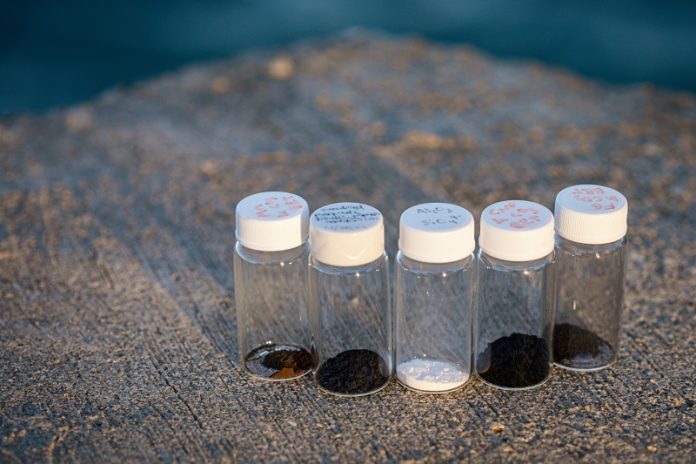
Researchers at Northwestern University have found a cheaper and more sustainable way to remove carbon dioxide (CO2) from the air by using changes in humidity and low-cost materials.
This method, called “moisture-swing direct air capture,” could play an important role in fighting climate change.
As CO2 levels in the atmosphere continue to rise, even with efforts to cut emissions, there’s a growing need for technologies that can remove carbon from hard-to-decarbonize industries like aviation, agriculture, and construction.
Moisture-swing carbon capture is promising because it doesn’t need a lot of energy—CO2 is captured when the air is dry and released when it’s humid.
Until now, most systems relied on expensive synthetic materials known as ion exchange resins.
But the Northwestern team found that more natural and affordable materials, such as activated carbon and certain metal oxides, can also work well.
These materials are often made from waste or simple raw materials, making them easier and cheaper to produce.
The researchers studied a range of materials like carbon nanotubes, graphite, and oxides of aluminum, iron, and manganese.
They discovered that aluminum oxide and activated carbon captured CO2 the fastest, while iron oxide and nanostructured graphite captured the most overall.
They also found that a material’s “pore size” — tiny spaces inside the material where CO2 can settle — is a key factor.
The best performance came from materials with mid-range pore sizes, about 50 to 150 angstroms wide. Materials with the right pore size and surface chemistry performed just as well, if not better, than traditional ion exchange resins.
This approach can work almost anywhere, the researchers say. For example, a system could rely on natural humidity changes between day and night to capture and release CO2, instead of using extra energy. This makes the technology easier to use in many locations around the world.
The research team, led by Professor Vinayak Dravid, believes this new method can help move carbon capture from expensive and complex systems to practical, everyday use. The study was co-authored by Ph.D. students John Hegarty and Benjamin Shindel, who focused on studying each material’s role in detail.
They now plan to learn more about the full environmental and financial impacts of using these new materials. The team hopes their work will inspire other scientists to find more creative, affordable ways to tackle climate change.
According to Shindel, carbon capture is still in its early days, but with better materials and smarter systems, it will continue to improve and become an essential tool for reducing global emissions.



